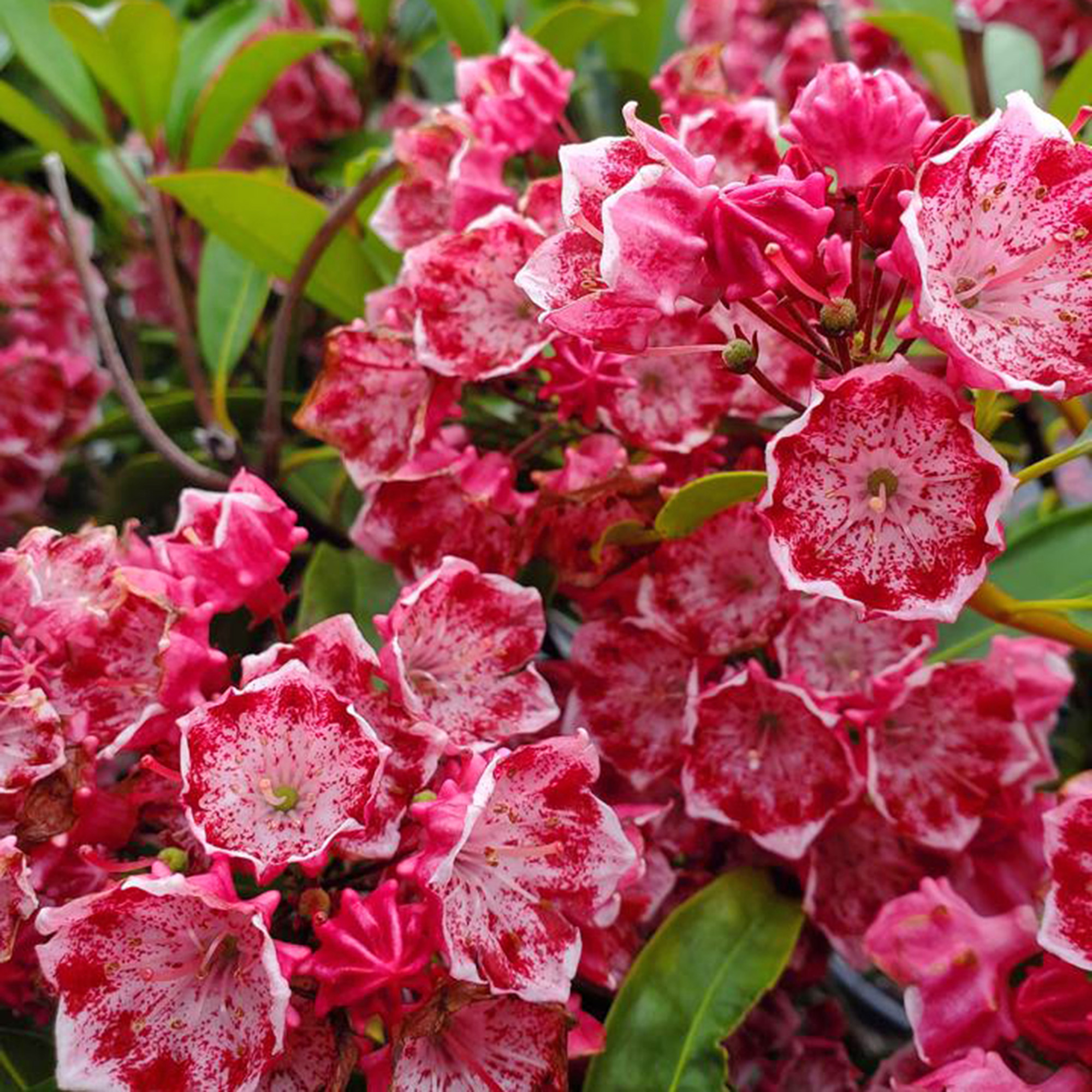9 Expert Gardening Techniques You Should Master in 2025 To Raise Your Growing Game
Make a New Year resolution to grow your best-ever plants and master next-level gardening techniques that will turn you into an expert in no time.

Melanie Griffiths
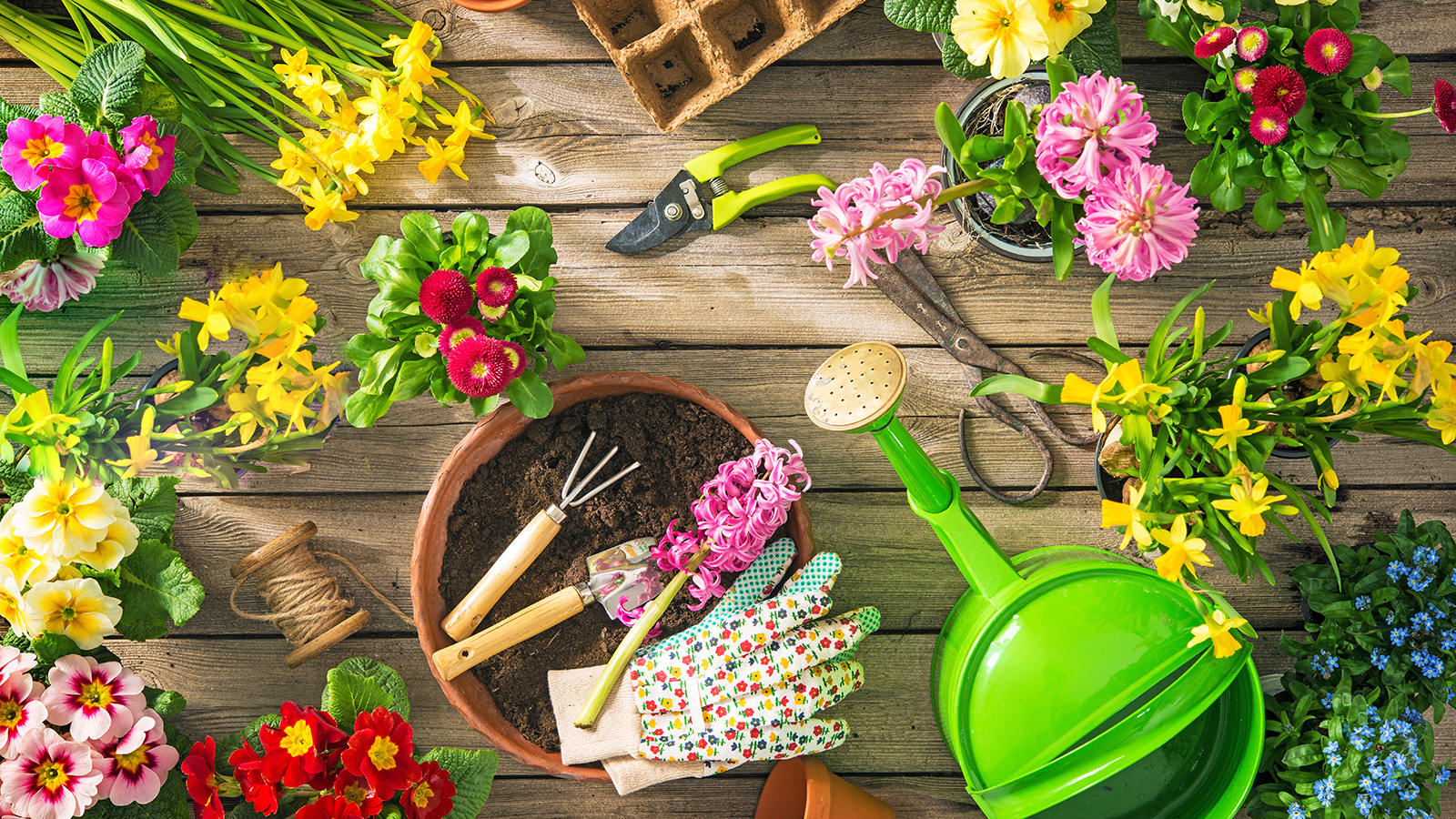
It’s that time of year to make and get started on resolutions. If you’re a gardener, consider making some resolutions to raise your game this year. Learning or mastering gardening skills and techniques is a great way to start the year, get excited about the upcoming growing season, and become a better gardener.
There are many ways to learn the new skill, or skills, of your choice – whether you're a beginner looking to learn how to start gardening, or a seasoned pro wanting to take it to the next level.
Contact your local extension office to find classes taught by master gardeners. Look for gardening clubs in your area or link up with a neighbor who is more knowledgeable than you. Of course, you can also teach yourself through online resources, books, and videos. Whatever you choose to do, learning new skills will definitely raise your 2025 gardening game.
Here are some ideas to get you started making your gardening New Year resolutions.
1. Companion Planting
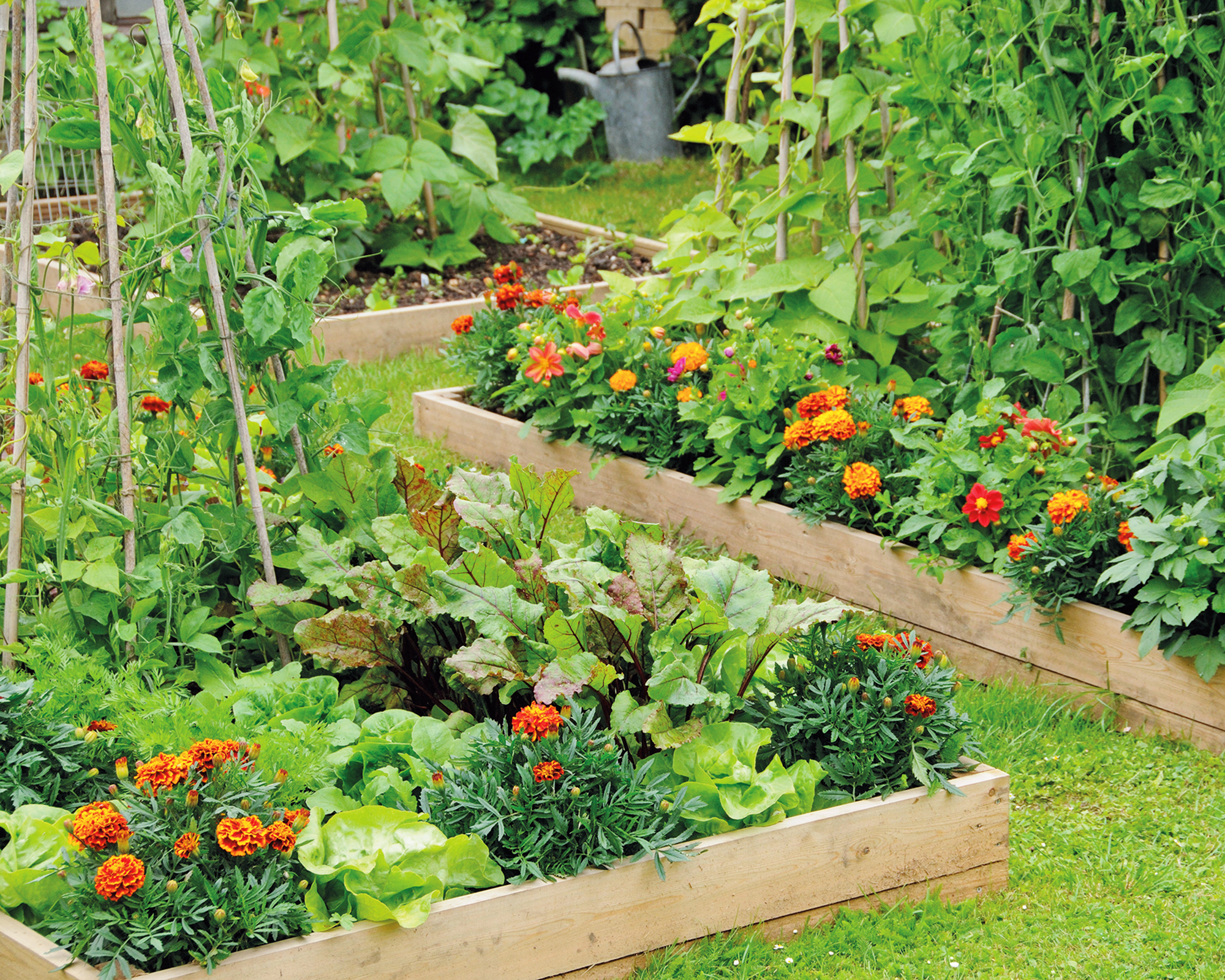
Did you know there is a science to placing plants next to or away from each other? This is called companion planting, and getting it right involves both modern research and ancient traditions.
The technique is mostly used with vegetable gardens, and the benefits include attracting beneficial insects, deterring pests (or attracting them by using "trap crops"), enhancing flavor, improving soil health, and controlling weeds. Some plants even provide shade or support to other plants.
One of the most well-known beneficial plant groupings is the Three Sisters, a traditional Native American companion planting method where beans, corn, and squash are planted together. Corn provides a natural trellis for the beans to climb, beans fix nitrogen in the soil to feed the corn and squash, and squash's broad leaves shade the ground, reducing weeds and retaining soil moisture.
Sign up for the Gardening Know How newsletter today and receive a free copy of our e-book "How to Grow Delicious Tomatoes".
Read up on which plants make good companions and apply this useful strategy to your garden this year. But bear in mind there are also bad neighbors – avoid companion planting mistakes such as tomatoes with potatoes, or fennel with pretty much any crop.
2. Grafting
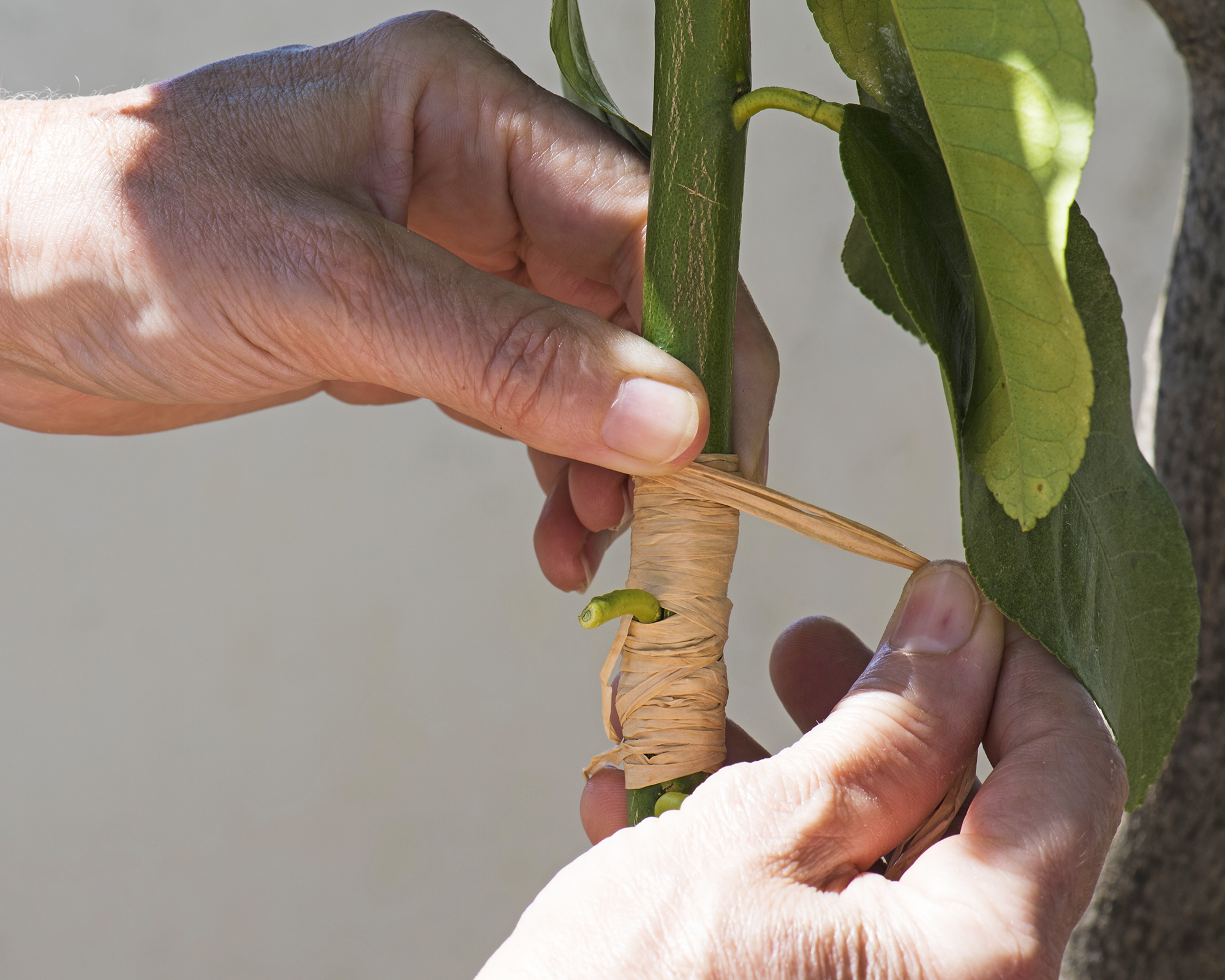
If you're looking to learn a new technique to take your garden to the next level and experiment by creating bespoke varieties, then try grafting your own plants.
Grafting trees and shrubs is the practice of joining different varieties together to grow as one. It involves joining a scion (the upper part of the plant) with an understock (the roots). Grafting can be just two plants, but it can also become a complicated practice of combining multiple plants, for instance, to create a single apple tree with multiple varieties.
Grafting is an advanced gardening skill used for many reasons. It can be used to create dwarf versions of favorite plants, to add a new variety to an old tree, to improve disease resistance, or to combine roots adapted to a particular climate or soil with another type of tree.
3. Germinating and Starting Seeds
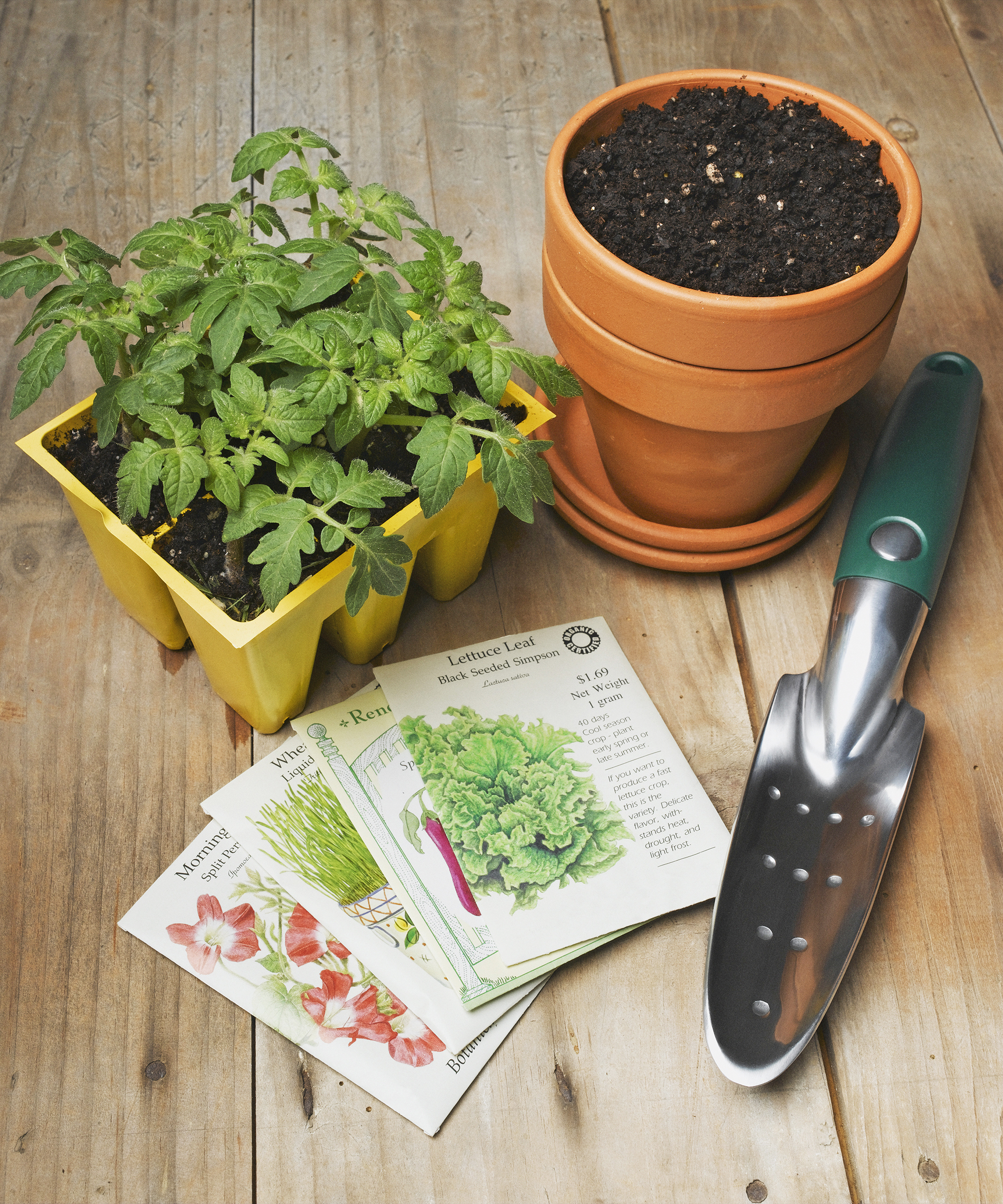
You can save a lot of money starting plants from seed instead of buying transplants. Starting seeds isn’t exactly an advanced gardening skill, but you can develop your knowledge to become better and more efficient at it, and grow exotic and expensive plants that are difficult to propagate from seed.
One of the trickier parts is ensuring seeds germinate. Some seeds need a cold period – stratification – some benefit from being scratched or nicked – scarification – and others from being soaked.
There are many other skills to master when starting seeds: choosing the right growing medium, getting conditions right, thinning seedlings, hardening them off, transplanting, and of course, timing seed starts correctly for your region and each specific plant.
4. Plant Propagation
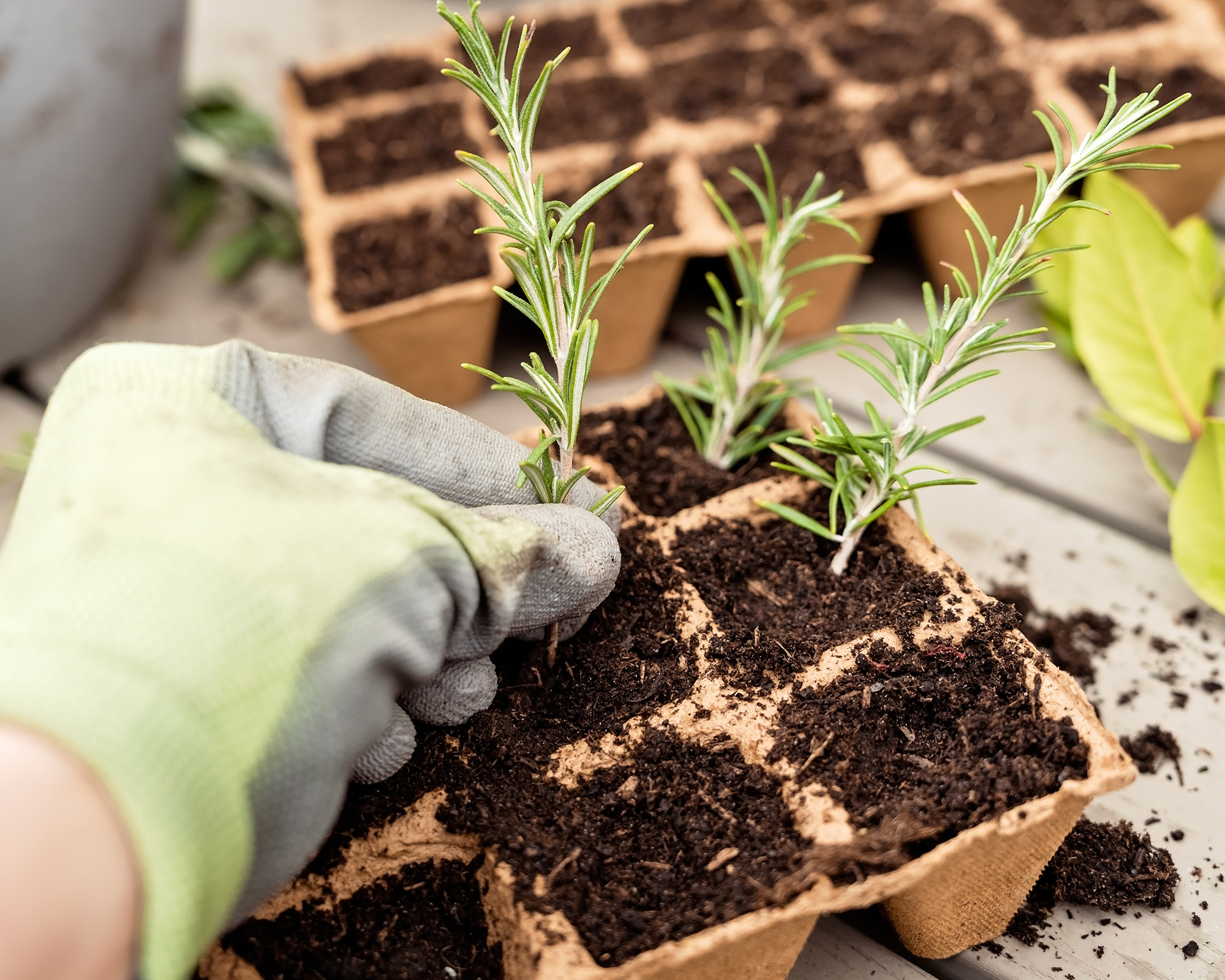
Take starting plants from seed one step further by mastering all the ways you can propagate plants you already have. Learn the best ways to propagate specific plants.
Techniques include collecting seeds, taking cuttings, divisions, and layering. Being able to propagate any plant means you can make more of what you have or share with other gardeners.
5. How to Compost Properly
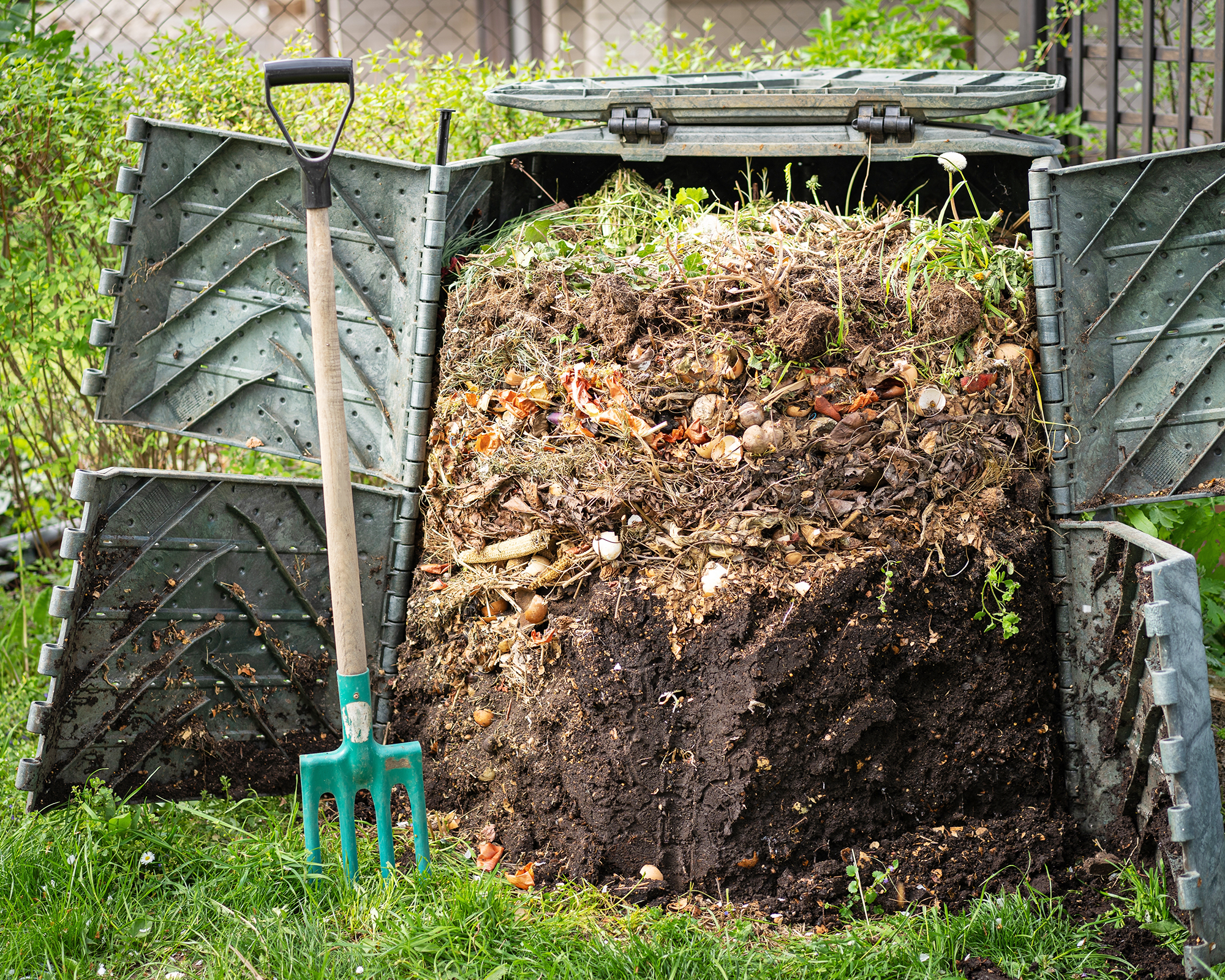
There are so many benefits to learning how to compost at home. If you haven’t done it yet, this is an excellent skill to master for several reasons. First, it allows you to live more sustainably, reusing kitchen scraps and other types of waste. Second, compost is good for your garden. It adds nutrients to the soil, lightens the soil, and improves drainage.
Composting isn’t difficult, but it does require time, patience, and a bit of knowledge. You need to know what can be composted, how to create the right mix of compost greens and browns, when to turn compost, how to maintain the correct compost temperature, how to know when compost is finished, and generally ensure the beneficial compost bacteria are nurtured to achieve the correct balance.
Whether you have a large outdoor space to start a compost bin or need an indoor composting solution, perhaps using an electric composter, you have options. And, if you want to take composting to the next level, learn about specialist techniques such as vermicomposting, and bokashi composting.
6. Soil Amending
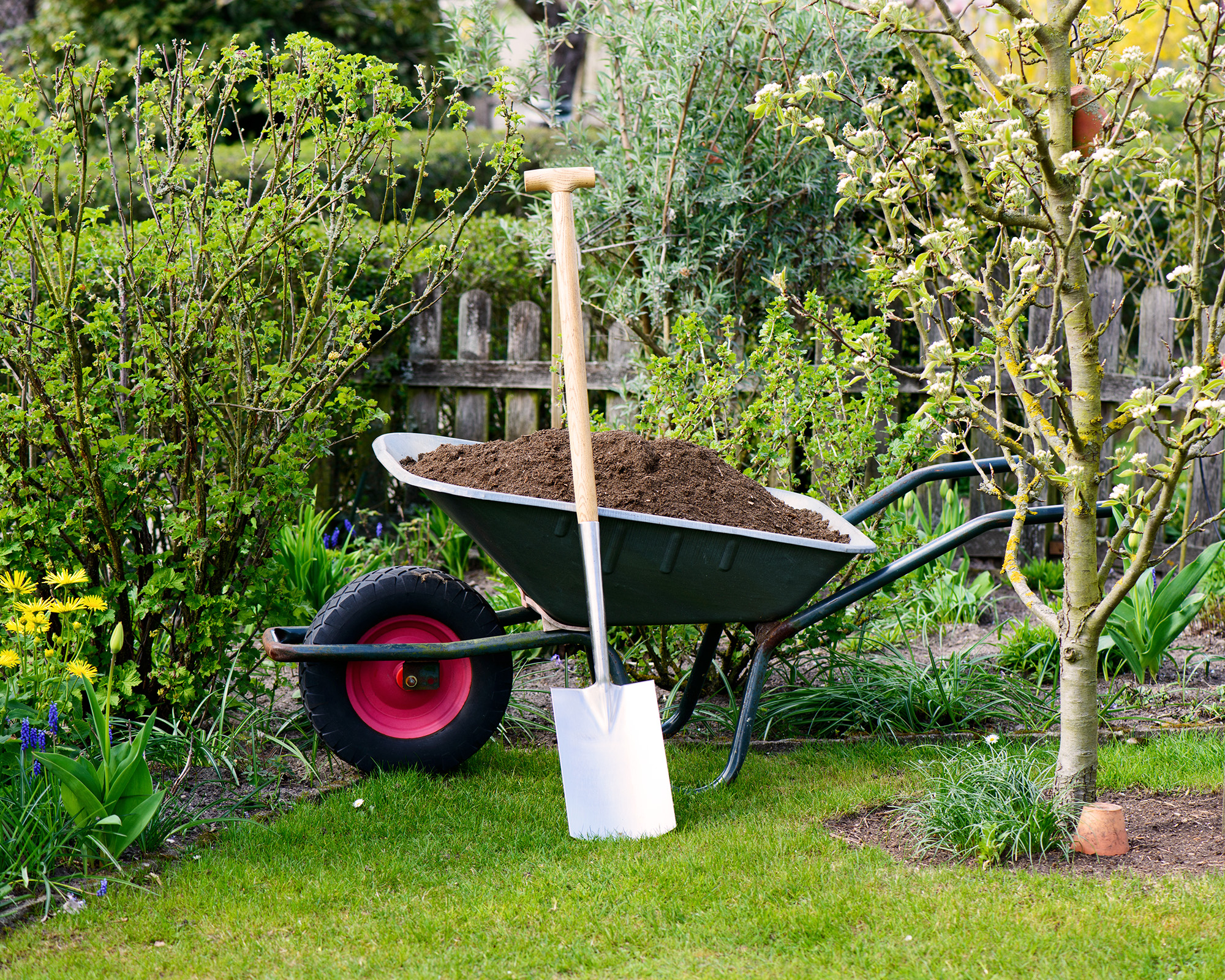
Amending garden soil is a careful science. Learn and apply this science to enjoy better water retention or drainage, improved aeration, a careful balance of nutrients, and the appropriate pH level for your plants.
To amend garden soil, start by assessing its texture and fertility. If your soil is heavy clay, mix in organic matter like compost or well-rotted manure to improve drainage and structure. Sandy soil benefits from the same amendments as they help retain moisture and nutrients. If your soil is compacted, first aerate it with a garden fork before adding amendments.
Perform a soil test to check its pH levels. If your soil is too acidic for the plants you want to grow, add lime. if it's too alkaline, sulfur can help.
Spread a balanced organic fertilizer or specific nutrients, depending on your test results, and lightly work them into the top few inches.
Covering the soil with a layer of mulch – such as straw, wood chips, or shredded leaves – will also help to retain moisture, suppress weeds, and slowly contribute organic material as it breaks down.
Amending soil is a skill worth learning to improve plant growth. Over time you'll reap the rewards with healthy, strong plants with more flowers.
7. Landscape Design
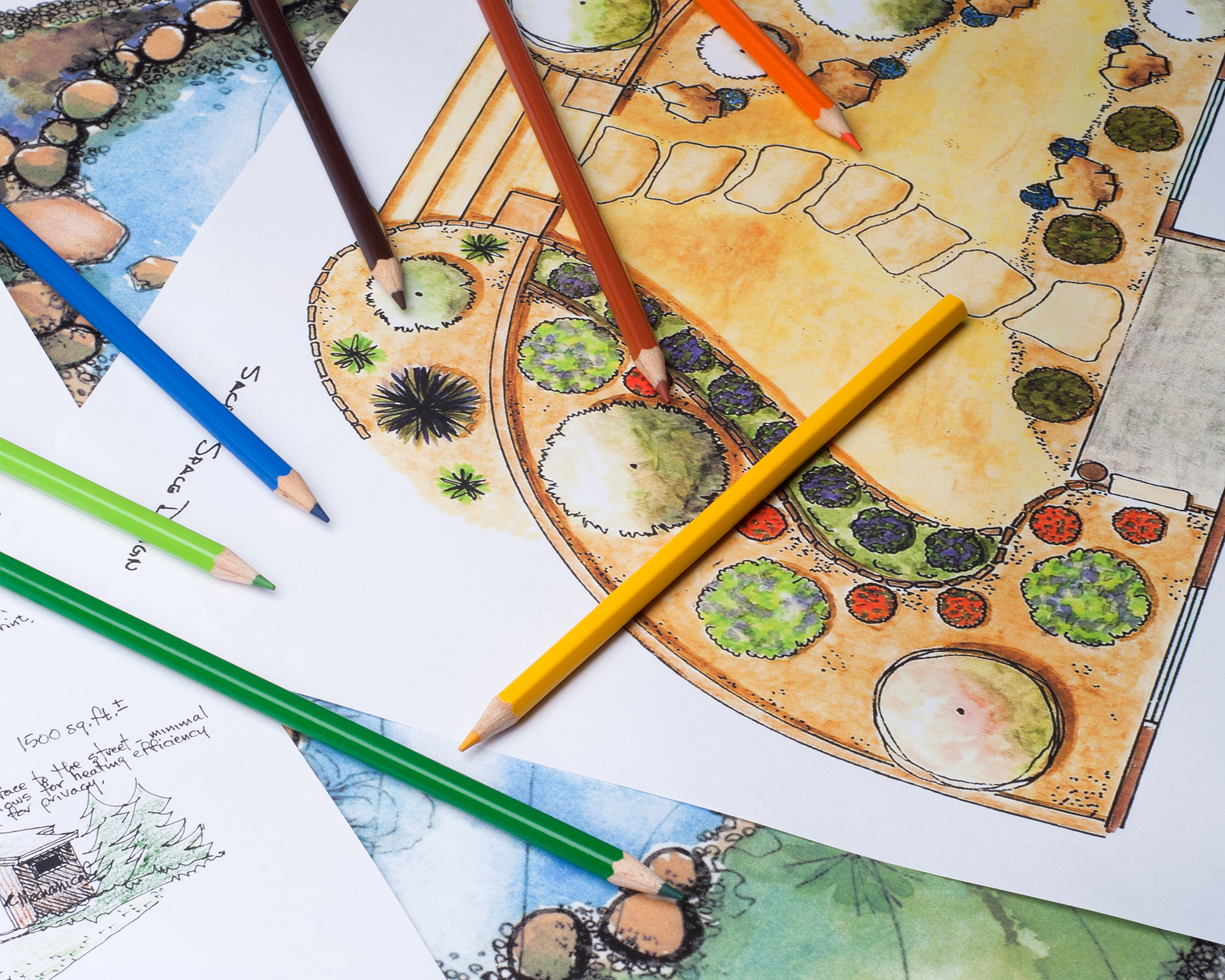
Consider learning more about landscape design if you love the creativity of gardening. This is an especially useful skill to hone if you have a blank slate available for building a garden.
Even if you’re not starting from scratch, understanding design can help you revamp spaces in the garden, including beds or outdoor living spaces. There are plenty of great books on landscape design for winter reading.
A good landscape designer considers the garden holistically, considering hardscaping elements such as paving, structures, and walls, at the same time as softscaping – i.e. the plants.
Think about creating a four-season garden that offers interest in every month, and consider not only how to combine plants that complement each other in the same season but how plants can die back in one season and be replaced by others in the next season.
Instead of buying lots of different plants, use the landscaping rule of three, which involves repeating plants in odd numbers for a more natural yet coherent look in the garden.
There are so many landscape design tricks you can learn that will elevate your garden to the next level – and could even lead to a new career.
8. Training Plants
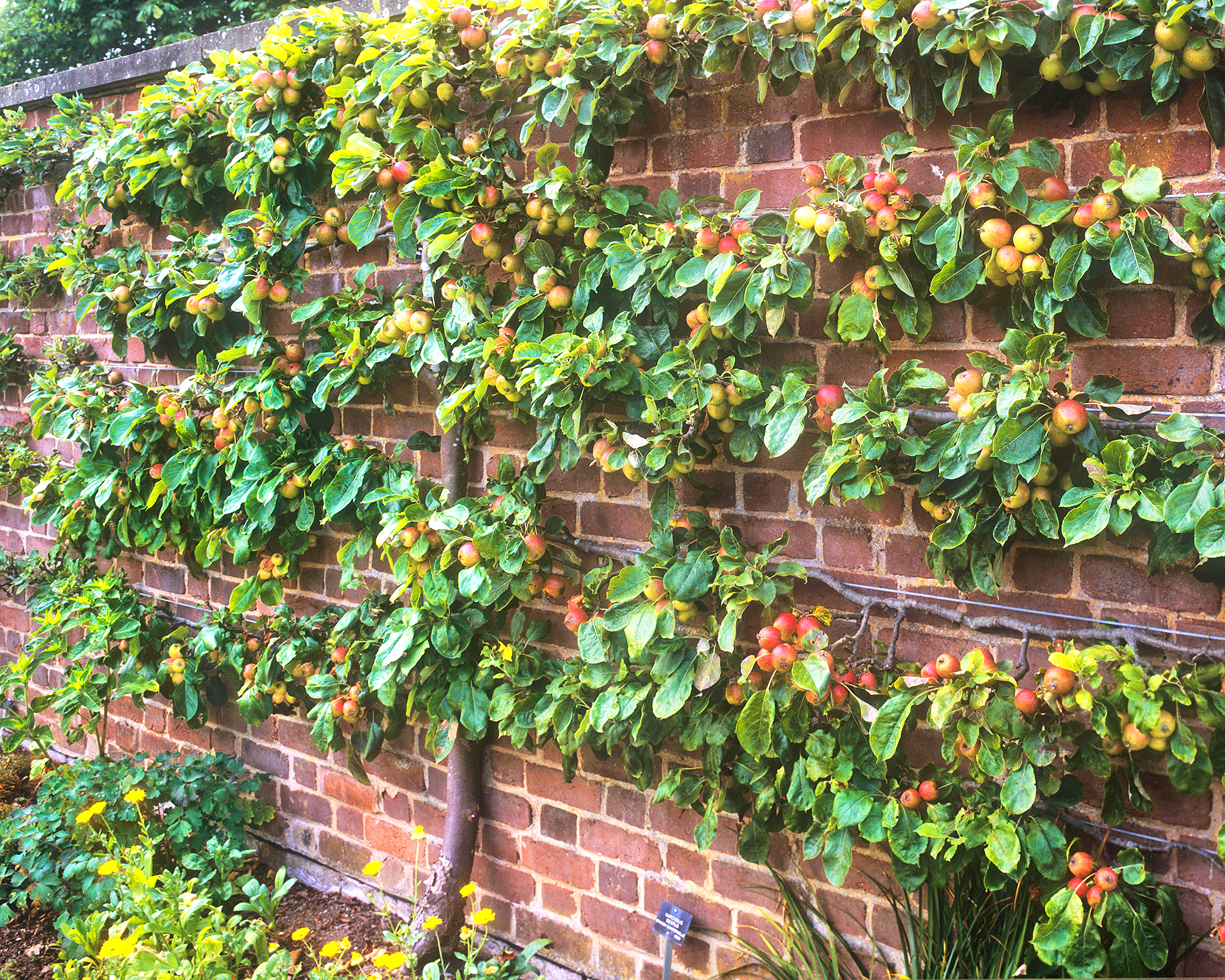
If you’ve ever wished your shrubs, trees, or vines could look nicer or tidier, well, they can. Learn the skill of training plants to get specific shapes and sizes and also to keep plants healthier. Training is the art of manipulating how a plant grows to achieve a specific shape or structure.
You can train shrubs, trees, and vines. For example, you can train a shrub to grow on one main stem, as a standard plant, so it looks like a small tree. You can train a tree to grow flat against a wall, a technique called espaliering. Train vines to stay contained in one area and to grow and spread in a pleasing way.
9. Natural Pest Control
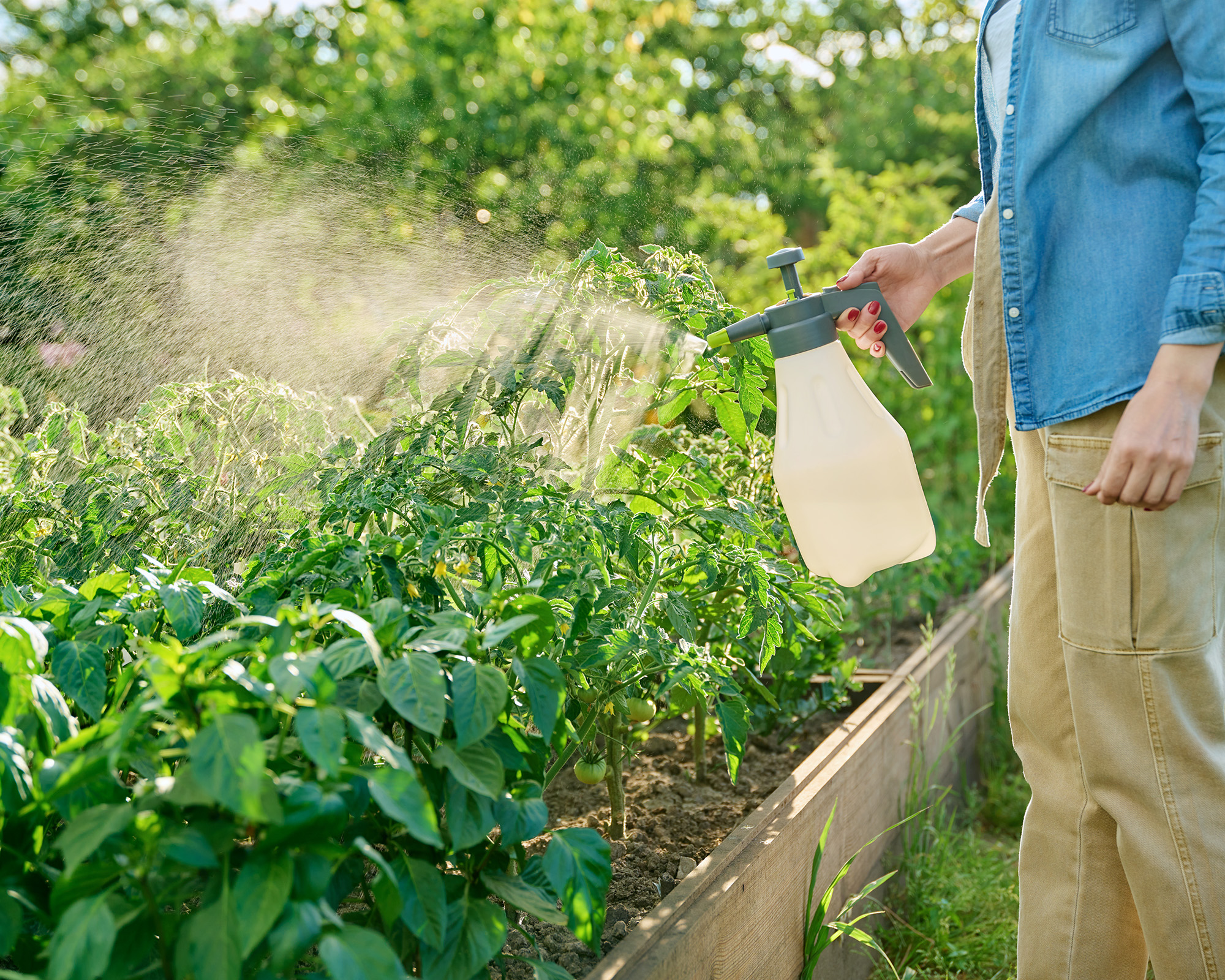
Pests in the garden are inevitable and a constant battle for most gardeners. The easy way to deal with pests is to use chemical control, but there are downsides to this strategy, including harming beneficial insects.
Use this time over the winter to read up on natural pest control. This means learning about individual pests, what deters them, and natural remedies to manage them if they are already in your environment. It’s a useful skill and science for keeping our plants healthy and attractive naturally.
More Gardening Inspiration
- Make 2025 your year in the garden with New Year resolution ideas to enhance your gardening.
- Discover the 8 best flower seeds to start in January to grow the most glorious garden this year.
- Grow your own delicious organic crops with these 7 vegetables perfect for starting in January.
- Shop seed-starting essentials in the Gardening Know How Shop to get your growing year off to the best possible start.

Mary Ellen Ellis has been gardening for over 20 years. With degrees in Chemistry and Biology, Mary Ellen's specialties are flowers, native plants, and herbs.
- Melanie GriffithsEditor in Chief
